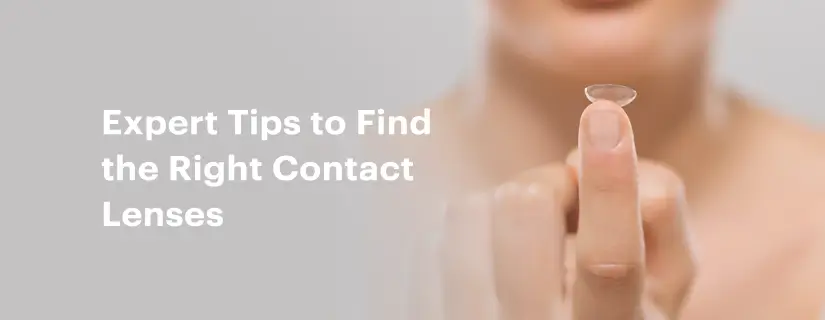-
Doctors
-
Specialities & Treatments
Centre of Excellence
Specialties
Treatments and Procedures
Hospitals & Directions HyderabadCARE Hospitals, Banjara Hills CARE Outpatient Centre, Banjara Hills CARE Hospitals, HITEC City CARE Hospitals, Nampally Gurunanak CARE Hospitals, Musheerabad CARE Hospitals Outpatient Centre, HITEC City CARE Hospitals, Malakpet
HyderabadCARE Hospitals, Banjara Hills CARE Outpatient Centre, Banjara Hills CARE Hospitals, HITEC City CARE Hospitals, Nampally Gurunanak CARE Hospitals, Musheerabad CARE Hospitals Outpatient Centre, HITEC City CARE Hospitals, Malakpet Raipur
Raipur
 Bhubaneswar
Bhubaneswar Visakhapatnam
Visakhapatnam
 Nagpur
Nagpur
 Indore
Indore
 Chh. Sambhajinagar
Chh. SambhajinagarClinics & Medical Centers
Book an AppointmentContact Us
Online Lab Reports
Book an Appointment
Consult Super-Specialist Doctors at CARE Hospitals
7 Common Myths About Cataract
Updated on 31 March 2023
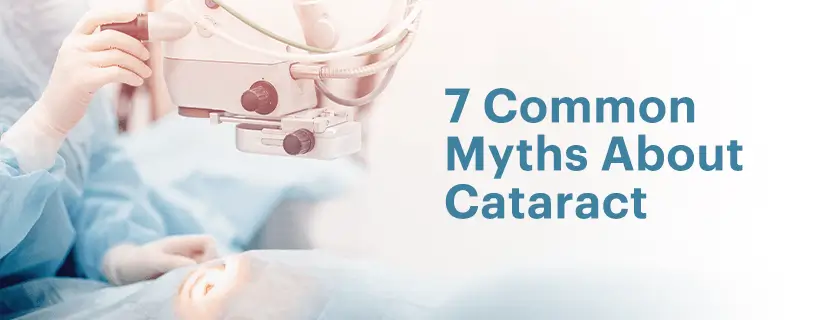
Table of Content
- MYTH 1: Cataract affects only the elderly population
- MYTH 2: Cataracts are growths on the eyes
- MYTH 3: Cataract symptoms can be reversed by making basic lifestyle changes
- MYTH 4: Cataracts can recur after surgery and are highly risky with a longer recovery period
- MYTH 5: Cataract needs to be fully “ripe” before you opt for surgery
- MYTH 6: Cataracts can be dissolved with eye drops
- MYTH 7: Cataracts are inevitable with age and cannot be prevented
A cataract is a condition in which the patient’s vision becomes blurry due to the formation of a cloudy lens in the eyes. It essentially happens when proteins in the lens break down causing a cloud-like formation to take place. Some cataract signs and symptoms include difficulty in reading, driving, and/or significantly blurry vision. Most cataracts develop over time and are treatable. If left untreated, it can cause vision blurriness or even blindness.
Although cataracts are treatable with cataract eye surgery, unfortunately, there are several myths widespread among people concerning cataracts. We will mention and address those myths in this article to allow readers to differentiate between myths and facts related to cataracts.
MYTH 1: Cataract affects only the elderly population
TRUTH: Although the majority of cataract patients are indeed elderly people, cataracts affect young and middle-aged patients as well. The reason why cataract affects older patients more is that proteins in the eyelid start to clump more with older age. However, trauma, chronic diseases like diabetes, smoking or even birth defects like congenital cataracts can affect younger people as well.
MYTH 2: Cataracts are growths on the eyes
TRUTH: Cataracts are not growing masses on the lens of the eyes. They are in fact naturally occurring proteins in the eye that begin to clump together due to certain factors like age. This clumping causes a cloud-like appearance leading to problems with vision.
MYTH 3: Cataract symptoms can be reversed by making basic lifestyle changes
TRUTH: The only definitive way to stop the progression of cataracts and solve its related vision problem is surgery. However, maintaining a healthy lifestyle can slow down the progression and symptoms of cataracts. But, once a cataract has progressed to the stage where it causes blurry vision and reading or driving issues, the only way to correct it is through surgery.
MYTH 4: Cataracts can recur after surgery and are highly risky with a longer recovery period
TRUTH: Once a cataract is removed, it does not grow back. Some people may develop cloudy vision if their membrane cannot hold the synthetic lens due to weakening by old age but that can also be corrected with an easy 15-minute procedure.
Cataract surgery is delicate, but it has a high success rate of over 95%. In fact, it is one of the safest operations performed on patients. The recovery period is also not long as the person can resume daily activities as soon as the eye patch is removed. The doctor may advise resting for 1-2 weeks but the patient will start feeling better as early as the next day after the surgery.
MYTH 5: Cataract needs to be fully “ripe” before you opt for surgery
TRUTH: A person must opt for cataract surgery when they start experiencing vision problems. It is also understood that the surgery works better on softer cataracts. Hence, there is no point in delaying the surgery till the vision becomes extremely bad.
MYTH 6: Cataracts can be dissolved with eye drops
TRUTH: A cataract cannot be dissolved with eye drops and the only way to treat it is surgery. During the surgery, synthetic lenses are used to replace the defective lens.
MYTH 7: Cataracts are inevitable with age and cannot be prevented
TRUTH: Although cataracts are a common scenario in many older patients, certain lifestyle changes can slow their progression. Also, not everyone gets cataracts with old age. Wearing UV protection glasses in the sun, avoiding smoking and drinking, and eating a healthy diet can help reduce the risk of cataracts. Moreover, people over the age of 60 should schedule regular visits with their ophthalmologist.

ENQUIRY FORM
SELECT CATEGORIES
-
Neurosciences (16)
-
Neurology (37)
-
Neurosurgery (14)
-
Orthopaedics (48)
-
Oncology (33)
-
Obstetrics and gynecology (52)
-
Pulmonology (23)
-
Urology (20)
-
Nephrology (13)
-
Psychiatry (7)
-
Dietetics and Nutrition (111)
-
General Medicine (63)
-
Cardiac Sciences (32)
-
Vascular & Endovascular Surgery and Interventional Radiology (15)
-
Gastroenterology (46)
-
Endocrinology (23)
-
Plastic Surgery (10)
-
Critical Care Medicine (5)
-
COVID-19 (16)
-
Dermatology (16)
-
Emergency Care (1)
-
Ophthalmology (4)
-
Pediatrics (14)
-
Laparoscopic and Bariatric Surgery (8)
-
ENT (15)
-
Kidney Transplant (1)
-
Liver Transplantation and Hepatobiliary Surgery (5)
-
General Surgery (3)
-
Internal Medicine (5)
-
Medicine Information
Glaucoma: Symptoms, Causes and Treatment
YOU MAY ALSO LIKE
RECENT BLOGS
-

Preterm Birth (Premature Birth): Symptoms, Causes, Treatment and Prevention
13 May 2025
Read More
-
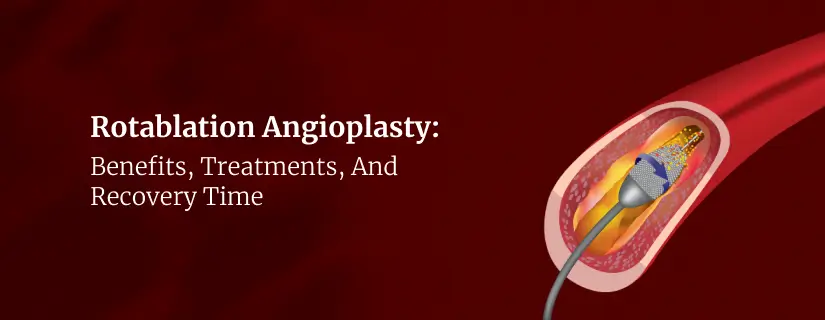
Rotablation Angioplasty: Benefits, Treatments, And Recovery Time
9 May 2025
Read More
-

What Is The Difference Between IUI and IVF?
9 May 2025
Read More
-
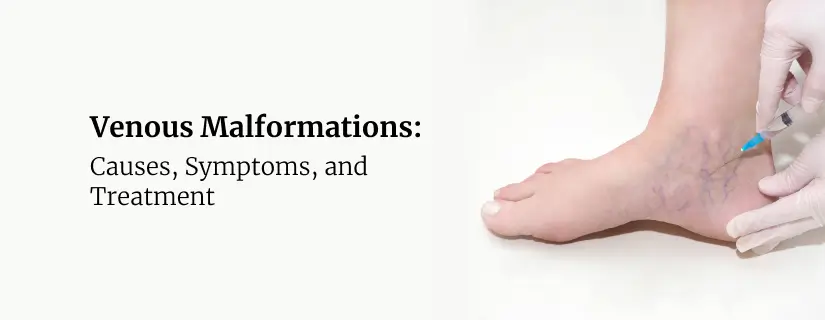
Venous Malformations: Causes, Symptoms, and Treatment
30 April 2025
Read More
-
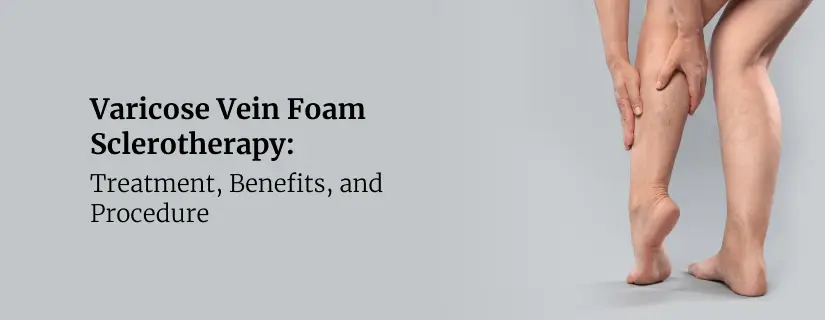
Varicose Vein Foam Sclerotherapy: Treatment, Benefits, and Procedure
30 April 2025
Read More
-
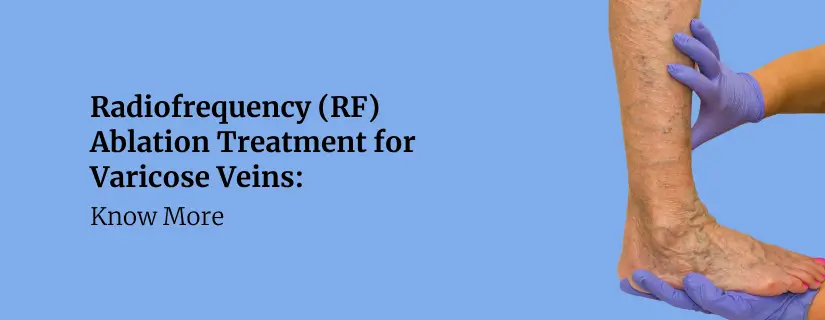
Radiofrequency (RF) Ablation Treatment for Varicose Veins: Know More
30 April 2025
Read More
-

Varicose Vein Sclerotherapy: Treatment, Benefits, and Procedure
30 April 2025
Read More
-
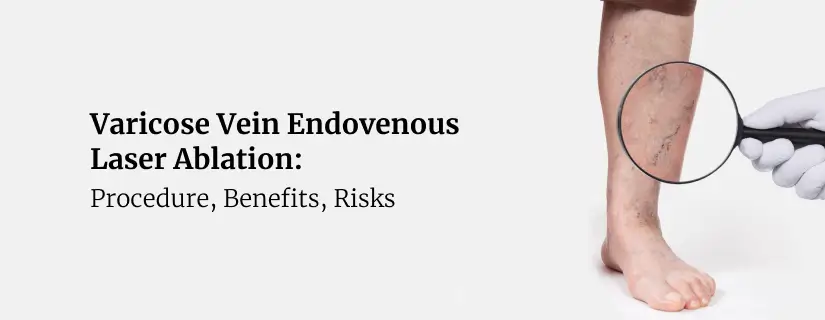
Varicose Vein Endovenous Laser Ablation: Procedure, Benefits, Risks
30 April 2025
Read More
Have a Question?
If you cannot find answers to your queries, please fill out the enquiry form or call the number below. We will contact you shortly.


